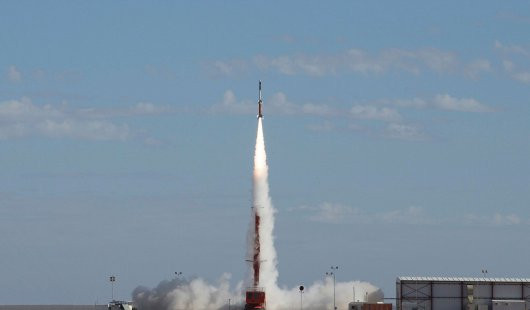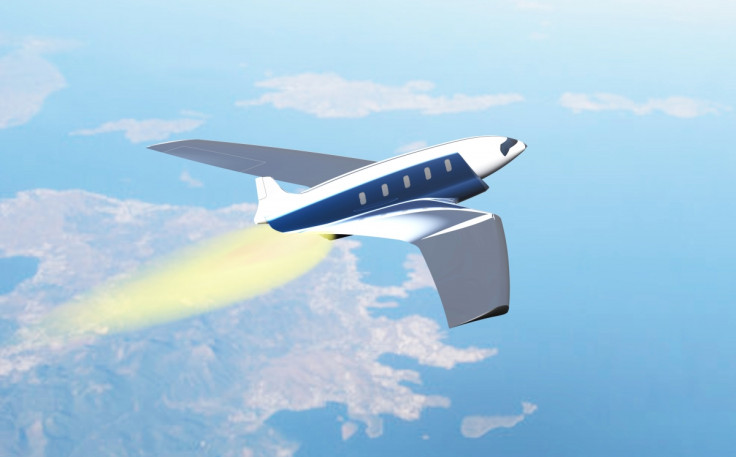London to Sydney in two hours? Hypersonic superjet nears reality
The tantalising prospect of being able to fly around the world in mere hours has inched closer to reality, after the successful test of hypersonic rocket technology in Australia.
Part of a joint venture between the US and Australian military, the scramjet combustion engine launched a rocket to Mach 7.5 speeds of 5,717mph (9,200kph) – this would enable passengers to travel from London to Sydney in approximately two hours. That is barely enough time to watch an in-flight movie on a 10,560 mile journey that, today, takes over 20 hours.
During the breakthrough test, the rocket took off from the world's largest land testing range in Woomera, South Australia and climbed to an altitude of 172 miles (278km) allowing engineers to measure how the equipment fared against the heat produced during the high-speed flight.
"It is a game-changing technology... and could revolutionise global air travel, providing cost-effective access to space," said chief scientist Alex Zelinsky.
The researchers of the Hypersonic International Flight Research Experimentation (HIFiRE) have been testing the hypersonic combustion engine since 2009 with ten scheduled trials planned, each pushing the Scramjet further each time or allowing the team to observe how the rocket can stand up against the challenges of travelling five-times faster than the speed of sound.
Travelling at hypersonic speeds will have globetrotters rubbing their hands with excitement as the new aviation technology could transform holidays or business with continent-skipping taking a fraction of the time it does now. It is claimed it could take just 35-minutes to fly from London to New York and could also pave the way to put satellites into space.

How a scramjet engine works
Any speeds above Mach 5 is considered hypersonic but current turbine-powered engines used by the likes of Lockheed's SR-71 Blackbird reconnaissance aircraft are limited to Mach 2.5 (approx. 1,650mph or 2,655 kmh). To achieve hypersonic travel, scramjet technology eliminates rotating parts and the need to carry oxygen along with fuel for propulsion.
This means scramjet aircraft are much lighter as they need only carry hydrogen fuel and the air-breathing engine sucks in oxygen from the atmosphere as it moves, mixing with the fuel to produce huge amounts of thrust.
The next test is planned for 2017 when the scramjet engine is expected to separate from its rocket booster and fly unaided, which would mark a huge step in its development. The final test, which will look to wrap up the research trials of the hypersonic rocket, will take place in 2018.
"The knowledge gained from these experiments will be applied to develop future flight vehicles and testing of advanced air-breathing hypersonic propulsion engines, known as scramjets," said Professor Smart of Queensland University.
London to New York in 11 minutes?

Hypersonic travel is the hot topic in the aviation industry at the moment with engineers and travellers alike getting excited at teasing futuristic designs.
The Anitpode is just one of the many concept designs with the private jet claiming to be 12-times faster than Concorde with its 12,427mph, Mach 24 speed theoretically completing a trip from London to New York in 11 minutes.
While this is pie-in-the-sky at the moment the scramjet is being tested in real-time and is proof that hypersonic travel will become a reality in the near future.
© Copyright IBTimes 2025. All rights reserved.






















